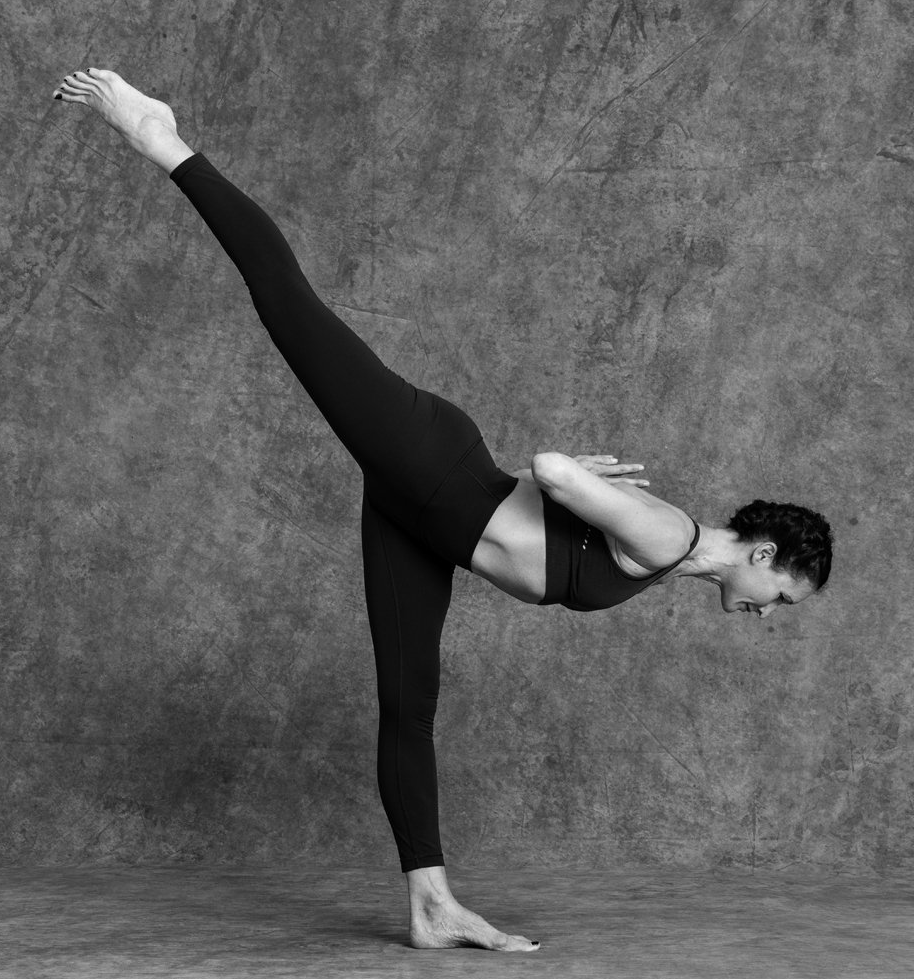Parampara
School of Yoga
The core of the practice of yoga is to create union between body, mind and spirit, recognising ourselves as individualised beings, intimately connected to the whole.
Each of the eight limbs is part of a holistic focus, making balance, creating equanimity, in order to live in peace, health and harmony.
1) Yama/moral virtues - contributing to the health and happiness of society/ethical disciplines/purity of action
- Ahimsa - non-violence or injury in thought, word and deed; compassion for all living things
- Satya - truthfulness in speech and thought; behaving honestly
- Asteya - non-stealing, not taking something that isn't freely given, not taking advantage of somebody's time, trust or confidence
- Brahmacharya - controlling lust and desire, behaving responsibly and truthfully, not pursuing activity for distraction or gratification, remaining faithful
- Aparigraha - non-greed, neutralising the desire to acquire or hoard wealth, non-attachment to materialism
2) Niyama/personal and spiritual observances - the code for living soulfully
- Sauca - purity and cleanliness of body, thought, speech and action, removing toxins for free-functioning of organs, managing what is put into the psyche (media, type of thought) and the body (toxin, nutrition)
- Santosa - contentment, appreciation of the moment, benevolence, cheerfulness, content even with difficulties as a process of learning and growth
- Tapas - disciplined use of energy/heat, commitment to yoga practice, expending less energy on distractions in order to direct towards growth, purification and evolution, to heat & cleanse
- Svadhyaya - study of yogic and spiritual texts, self-study, inquiry, examination, becoming enlightened with knowledge of the inner immortal soul/Atman as part of the whole, finding self-awareness in all activities
- Isvarapranidhana - celebration of the spiritual/nature, reflection that a force larger than ourselves exists and guides
3) Asana/physical body postures
- Positioning the body as an entire/still posture, cleansing physical and organic aspects of the body for improved health, strength, flexibility, calming the mind, assisting connection with the inner self, a route to exploring mental attitudes and strengthening will
4) Pranayama/breath control or discipline - Prana=life force, ayama=expansion
- Expansion of the life-force through control of the breath, harnessing energy, increasing prana; purification of the blood and organs
5) Pratyahara/withdrawal of the senses
- Mastery of the senses and mind, directing the attention and senses internally, to observe and note inwards, avoiding external distraction
6) Dharana/concentration - cultivating inner perceptual awareness
- Developing and sharpening the intelligence, binding the mind to a single focus, maintained steadily becomes meditation
7) Dhyana/meditation - refined tranquil steadiness, purifying the consciousness
- Attention and discernment to distinguish between restless and silent mind-states, controlling emerging thought and prolonging periods of silence; providing space for tranquility
8) Samadhi/superconsciousness
- A state of total absorption, joy & peace; the liberating state
"Dharana, dhyana and samadhi are the fulfilment of yogic discipline, the essence of yoga, developing as the other five disciplines are mastered, leading us to experience our finest state." David Swenson
